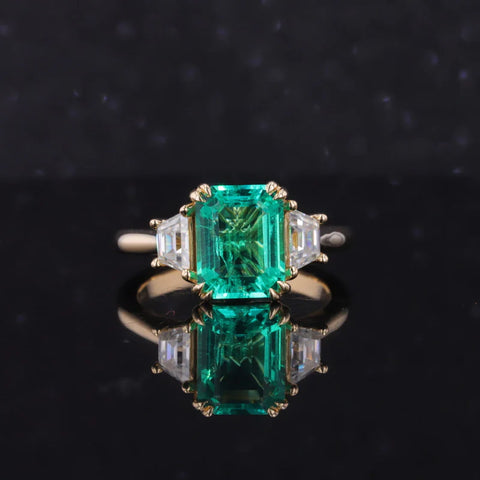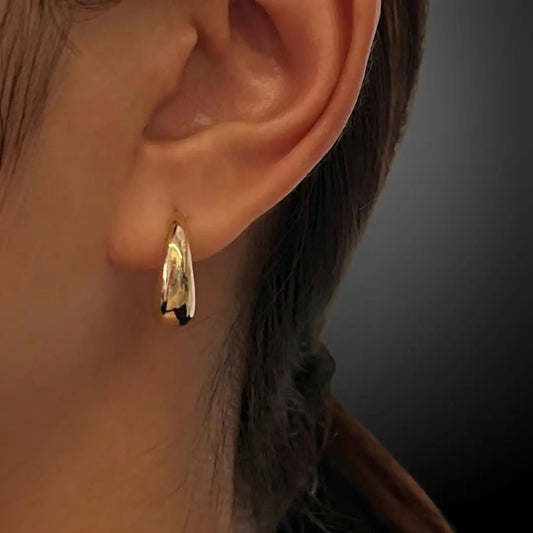Lab-Grown vs Simulants
Lab-Grown vs. Simulant Gemstones
In the world of gemstones, the terms lab-grown and simulant are often used, but not everyone is clear on what they actually mean. Let's delve into the intriguing world of these two types of gemstones and understand their differences.
Lab-Grown Gemstones: A Mirror to Nature
Lab-grown gemstones, whether diamonds, moissanites, and other precious gemstones, are created in controlled laboratory environments. These gems are chemically, physically, and optically identical to their natural counterparts. The process involves mimicking the natural conditions under which gemstones form over millions of years. This could be through processes like the hydrothermal method, which is commonly used for creating synthetic emeralds.
At EADN Fine Jewelry, we pride ourselves in adopting state of the art equipment and processes to produce the finest in lab-grown gemstones.
The key here is that these stones are real in every sense - they possess the same mineral composition as those found in nature. Whether it's a lab-grown ruby or sapphire, it's not just about replicating the look; it's about recreating the very essence of the stone. However, synthetic gemstones are more ethical and sustainable as they avoid the environmental and ethical dilemmas associated with traditional mining.

Lab-Grown Emerald Trilogy Ring by EADN. The Lab-Grown Emerald as seen may have inclusions that form during the lab-growing process. This also occurs in the emeralds mined from nature.
Simulant Gemstones: The Art of Imitation
Simulant gemstones, on the other hand, are a different story. These stones are designed to look like real gemstones but do not have the same physical and chemical properties. They are imitations, often made from materials like glass or even other natural gems that are cut and treated to resemble more expensive stones. For instance, a garnet can be treated to look like a ruby, but it remains a garnet – a fake ruby. Also, a diamond 'simulant' is usually made with cubic zirconia, with vastly different chemical properties and durability compared with an actual mined diamond or lab-grown diamond.
The appeal of simulants lies in their affordability and aesthetic. They offer a look similar to real gems without the hefty price tag. However, it's crucial for buyers to understand what they are purchasing. While some vendors are transparent about their products being simulants, others might not be as forthcoming.
Lab-Grown vs. Simulant: What's in a Name?
It's interesting to note the language used in the gemstone industry. The term 'synthetic' is often avoided due to its connotation of being 'not real.' Instead, you'll find 'created gemstones' as the more popular term for synthetic gems. It's a subtle but important distinction in a market where perception and value are closely intertwined.
In conclusion, while both lab-grown and simulant gemstones offer alternatives to natural stones, they cater to different needs. Lab-grown gems align with ethical and environmental values, offering authenticity without compromise. Simulants provide an affordable option for those seeking the aesthetic of a particular gemstone without the associated cost. As a consumer, understanding these differences is key to making informed and satisfying purchases in the world of jewelry.
Shop Bestsellers
-
Boho | Medium Tapered Hoop Earrings
Regular price $569.00 USDRegular priceUnit price / per -
Riviere | Pave Eternity Band
Regular price From $529.00 USDRegular priceUnit price / per -
Tiff | Solitaire Pendant Necklace
Round Brilliant CutRegular price From $689.00 USDRegular priceUnit price / per -
Bjorn | Knife Edge Bezel Necklace Emerald
Emerald CutRegular price From $649.00 USDRegular priceUnit price / per




